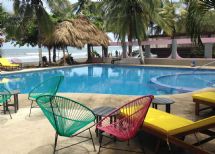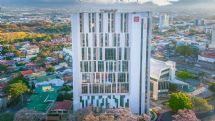Genetic studies of the blue-sided leaf frog contribute to conservation
The Endangered Blue-sided Leaf Frog (Agalychnis Annae)
Native to Costa Rica, the blue-sided leaf frog is an important part of a scientific study that has a goal of holistic conservation of the area's vulnerable frogs. The hope is that the conservation approach will prevent extinction.
About the Blue-Sided Leaf Frog
Like many species of Costa Rica frogs, the blue-sided leaf frog, which scientists know as the Agalychnis annae, is known for its such unique color patterns. The body is mostly green to make camouflaging itself from predators easier, but the frog's sides feature a rainbow of colors that include blue, lavender, orange and pink. These colors are also found on its legs and arms. Because of the yellow-orange color of its eyes, some people also refer to the frog as the golden-eyed leaf frog. However, it is important to note that these colors do not become vibrant until adulthood, which means juvenile blue-sided leaf frogs are more susceptible to birds, snakes and other predators.
Like many species in the area, the blue-sided leaf frog mates during May and June. After mating, the female frog lays her eggs underneath leaves on the trees. When the eggs hatch, the tadpoles fall into pools and puddles on the ground. They live there until they reach the juvenile stage, at which point they make their way to the trees and almost never touch the ground again.
Blue-sided leaf frogs live in the trees of the Costa Rican forests near the bottom of the area's mountains. Many of the frogs also live in the Central Valley of Costa Rica, calling vacant lots in urban areas home.
The Biggest Threat to Frog Species
Amphibian chytrid fungus, which scientists know as Batrachochytrium dendrobatidis or Bd, is found underwater and typically grows on dead animal and plant matter. Unlike other chytrid fungi, Bd feeds on living vertebrates and primarily affects amphibians. The fungus is found on every continent that has amphibians, but nobody knows how long it has been there. Most of the time, tadpoles pick it up in water and then die from it once they reach the frog stage. The fungus can be transported via wet and muddy footwear, so it is important for conservationists or anyone else who works with amphibians to clean their shoes well before working in different bodies of water. It is also important not to pick up amphibians from one body of water and transport them to another until they can be thoroughly tested for the fungus. Preventing the spread is an important part of the conservation of Costa Rica wildlife.
About the Conservation Efforts
Conservation efforts for the blue-sided leaf frog and similarly endangered amphibian species started in early 2011. This is when the scientists at the University of Manchester noticed that the frog had very close relations to other tree frogs in North, Central and South America, including Mexico, Belize, Honduras and Guatemala. Upon realization, scientists let the blue-sided leaf frog breed with other species to create hybrid frogs.
In most cases, two separate frog species cannot breed because of the distinct clades. The fact that hybridization was viable in this study showed scientists that their previous beliefs regarding genetic variation between species may be outdated and that it was important to consider DNA variations between different populations as well.
Since the study, researchers at the university now believes they need to account for several factors when planning for conservation of frog species. While they still consider the standard model, in which species are treated holistically, researchers, scientists and conservationists must also account for the differences within a species. This allows them to create better conservation efforts. They can do so by focusing on specific populations when trying to protect the frogs from threats such as the chytrid fungus.
7 Days / 6 Nights
Starting at $932 per person
10 Days / 9 Nights
Starting at $1,193 per person




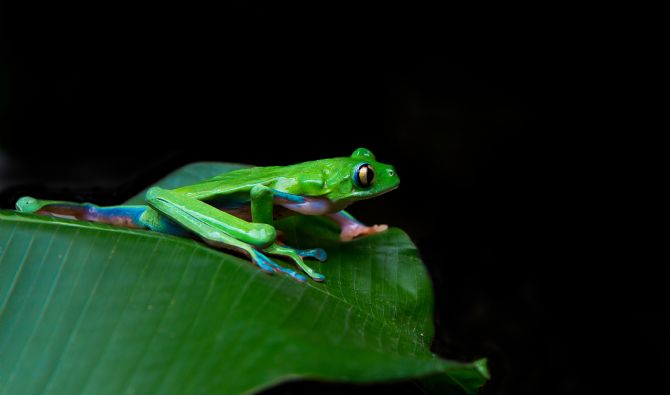
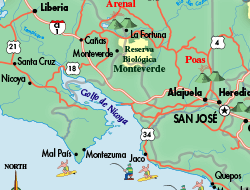
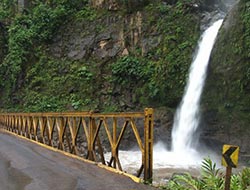
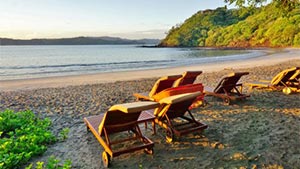
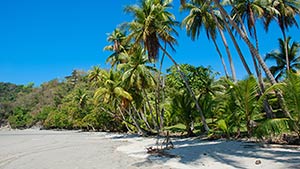
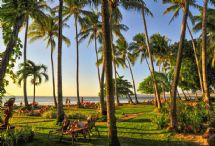
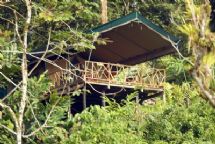
.jpg)
_resized_1440.jpg)
.jpg)
